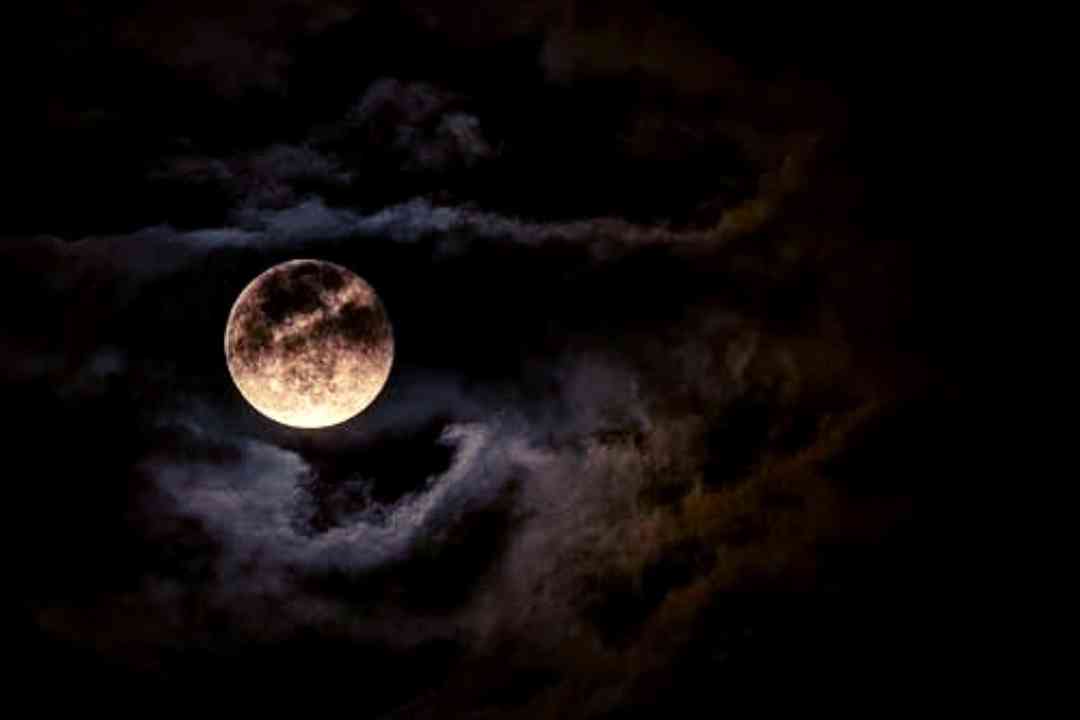Throughout history and even prehistory, in different cultures, humans have always wondered about the Moon. There are plenty of folks associated with the Moon like Siberians, Believed that a monster named Alkeha eats a bit of the Moon each night and the Moon appears less each night. Many Asian cultures, determine the dates of significant festivals by the Moon. In western Chinese culture, the Moon is even associated with feminine energy.
Scientists though have been on their quest to resolve the puzzle from the very beginning of time - the very creation of the celestial body that lights up our night sky. It was theorized that billions of years ago, our Earth was hit by a very large object called Theia and voila, the Moon was formed out of the debris of that collision! The theory also believed that this formation was coalescing in orbit over months or even years. But a new theory recently published by NASA claims that the Moon may have formed immediately, in a matter of hours, when material from the Earth and Theia was launched directly into orbit after the impact.

The newly published research has used some of the most advanced computational models and the simulations used in this research are some of the most detailed of their kind. The simulations seem to have been operating at the highest resolution of any simulation run to study the Moon’s origins or other giant impacts. This perhaps explains why researchers are able to study new behaviour which thus far was not perhaps visible to previous studies.
The simulation demonstrates how the single-stage formation would have happened. Theia’s impact caused massive disruption to Earth, ejecting material that initially forms two bodies. The larger inner one descended below the reforming Earth’s Roche limit, at which point it falls and re-merges with Earth. The smaller body remains in orbit, and becomes the Moon - in just a few hours! The Roche Limit is the distance from a celestial body within which a second celestial body can be held together by its own force of gravity.
Nasa believes that while this new research definitely gives us more information about the Moon, it gives us even better insight into how the Earth became the life-harbouring, nurturing habitable planet that it is today.
© Vygr Media Private Limited 2022. All Rights Reserved.
























